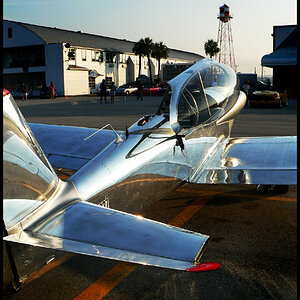korreman
TPF Noob!
- Joined
- Mar 6, 2014
- Messages
- 89
- Reaction score
- 20
- Location
- Hillerød
- Can others edit my Photos
- Photos OK to edit
So my grandfather let me borrow some of his used lenses indefinitely. There's a Nikon Series E 35mm f/2.5, a Nikon Nikkor-H 50mm f/2 and a Tokina 70-200mm f/4.5.
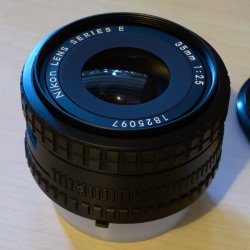


Now the thing is, while these lenses mount perfectly on my Nikon D5200 due to its lack of AF motor, I have no metering due to the aperture ring being manual and therefore unknown by my camera. Anybody have any suggestions for alternative methods of metering or some tricks and tips? Checking the histogram and re-taking photos constantly wont for other things than stills and portraits, though with some frustration.



Now the thing is, while these lenses mount perfectly on my Nikon D5200 due to its lack of AF motor, I have no metering due to the aperture ring being manual and therefore unknown by my camera. Anybody have any suggestions for alternative methods of metering or some tricks and tips? Checking the histogram and re-taking photos constantly wont for other things than stills and portraits, though with some frustration.



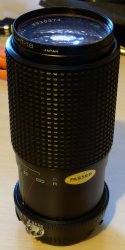


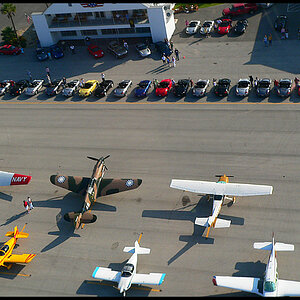
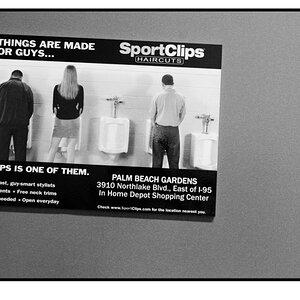

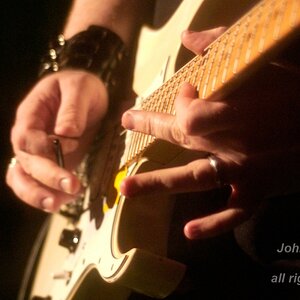
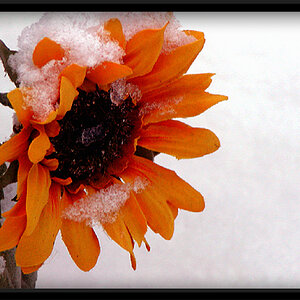
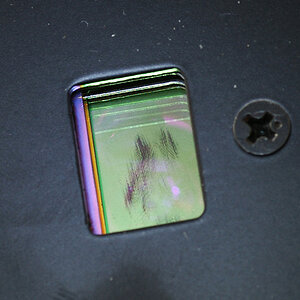
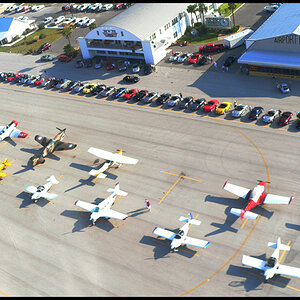


![[No title]](/data/xfmg/thumbnail/37/37602-1ef8dbb1c2d0e4ff347ee65d328c3603.jpg?1619738147)
